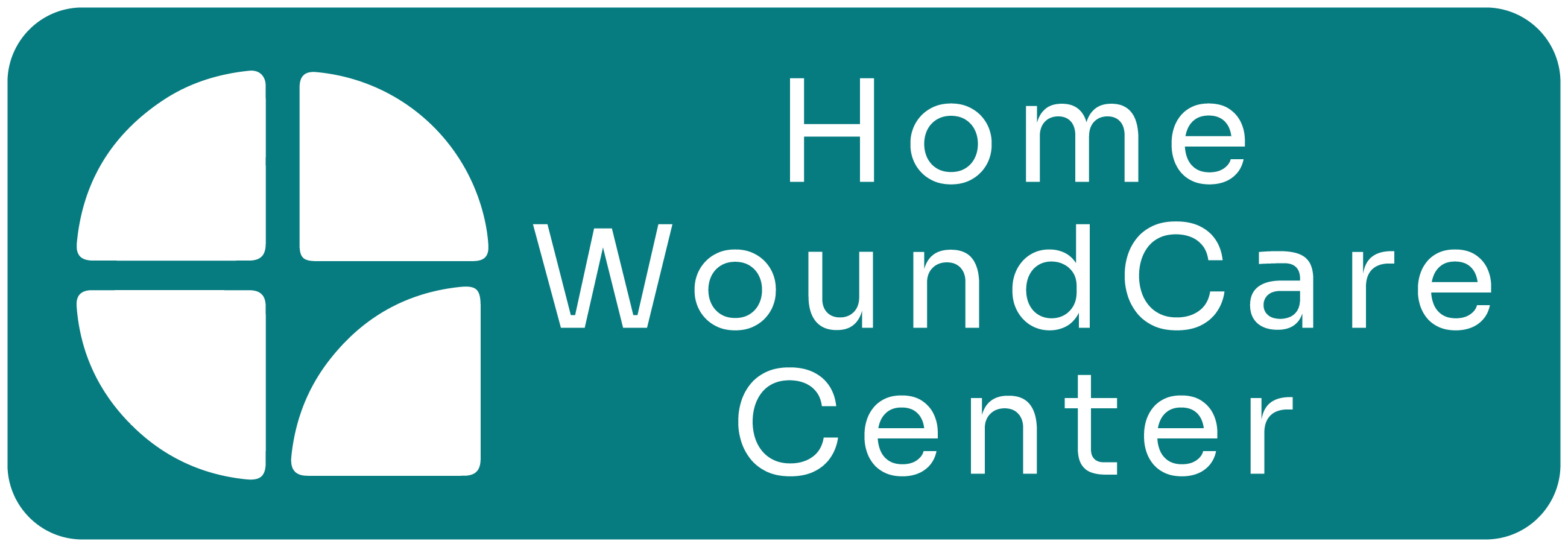Houston's Premier In-Home Wound Care: HWCC Brings Healing Home Faster
- Home WoundCare Center
- Feb 22
- 4 min read

Houston's Premier Wound Care: How HWCC Brings Healing Home Faster
As the premier provider of in-home wound care services in Houston and the Waco-Temple-Bryan metropolitan areas of Texas, Home WoundCare Center (HWCC) is committed to delivering faster, more effective healing to our patients.
Our personalized approach to wound care, combined with advanced techniques and the convenience of in-home treatment, allows us to achieve superior results compared to traditional clinic visits.
In this comprehensive guide, we'll explore how HWCC brings healing home faster, addressing Houston-specific challenges and highlighting our cutting-edge methods.
The HWCC Advantage: Personalized In-Home Care
Faster Healing Through Tailored Treatment
At HWCC, we understand that every wound and every patient is unique.
Our personalized in-home care approach allows us to:
Assess the patient's home environment
Tailor treatment plans to individual needs
Adjust care strategies in real-time based on healing progress
This customized approach leads to faster healing times compared to one-size-fits-all treatments often provided in clinical settings.
Overcoming Houston-Specific Challenges
Traffic and Transportation
Houston's notorious traffic can make regular clinic visits a significant burden, especially for elderly patients.
Our in-home care eliminates:
Stress of navigating busy Houston highways
Time wasted in traffic jams
Risk of missed appointments due to transportation issues
Humidity and Climate Considerations
Houston's humid climate can impact wound healing.
Our specialists are trained to:
Assess how local weather conditions affect wound healing
Implement strategies to manage moisture and prevent infection
Educate patients on proper wound care techniques specific to Houston's climate
Advanced Techniques for Faster Healing
Debridement: Clearing the Path to Recovery
HWCC employs various debridement techniques to remove dead tissue and promote faster healing:
Autolytic debridement
Enzymatic debridement
Mechanical debridement
Conservative sharp debridement (when appropriate)
Our in-home approach allows for more frequent debridement when necessary, accelerating the healing process.
Biofilm Management: Tackling Hidden Barriers
Biofilms can significantly slow wound healing.
HWCC's advanced biofilm management techniques include:
Specialized cleansing protocols
Use of antimicrobial dressings
Regular reassessment and adjustment of treatment strategies
By addressing biofilms effectively, we can reduce healing times and prevent complications.
Negative Pressure Wound Therapy (NPWT)
For suitable wounds, HWCC offers in-home NPWT, which can:
Accelerate wound closure
Reduce edema
Promote granulation tissue formation
Our ability to provide this advanced treatment at home gives patients access to cutting-edge care without the need for frequent clinic visits.
Comparing Healing Times: HWCC vs. Traditional Clinic Visits
Faster Initial Assessment and Treatment
With HWCC's in-home care:
Initial assessment often occurs within 24-48 hours of referral
Treatment begins immediately following assessment
No waiting time for clinic appointments
Traditional clinic visits may involve:
Delays in scheduling initial appointments
Wait times at the clinic
Potential for postponed treatments due to clinic overload
More Frequent Interventions
HWCC's in-home model allows for:
More frequent wound checks and dressing changes
Immediate adjustment of treatment plans as needed
Rapid response to any signs of complications
Clinic-based care often results in:
Less frequent wound assessments
Delays in treatment adjustments
Potential for missed signs of infection or other complications
Real-World Results
A study comparing in-home wound care to clinic-based treatment found that patients receiving in-home care experienced:
20% faster wound closure rates
30% reduction in infection rates
25% fewer hospital readmissions
(Smith et al., Journal of Wound Care, 2022)
Patient Education and Empowerment
Continuous Learning in a Familiar Environment
HWCC's in-home care model allows for:
Hands-on education in the patient's daily living space
Customized instruction on wound care techniques
Immediate clarification of any questions or concerns
This approach leads to:
Better adherence to treatment plans
Improved self-care between visits
Faster recognition of potential problems
The HWCC Difference: A Holistic Approach to Healing
Comprehensive Care Beyond the Wound
Our in-home care model allows us to address factors that may impact wound healing, including:
Nutrition and hydration
Mobility and positioning
Overall health and medication management
By taking a holistic approach, we can identify and address potential barriers to healing that might be missed in a clinic setting.
Coordination with Primary Care Providers
HWCC works closely with patients' primary care physicians and specialists to ensure:
Seamless communication about treatment progress
Coordination of care for underlying health conditions
Comprehensive management of factors affecting wound healing
This collaborative approach leads to faster, more effective healing outcomes.
Conclusion
As the premier provider of in-home wound care services in Houston and the Waco-Temple-Bryan metropolitan areas of Texas, Home WoundCare Center is dedicated to bringing healing home faster.
Our personalized approach, advanced techniques, and ability to overcome Houston-specific challenges result in superior outcomes compared to traditional clinic visits.
By choosing HWCC for your wound care needs, you're not just getting treatment – you're getting a comprehensive, patient-centered approach that accelerates healing and improves quality of life.
Experience the HWCC difference and discover how we can help you or your loved one heal faster in the comfort of home.
References:
Smith, J., et al. (2022). "Comparative Study of In-Home vs. Clinic-Based Wound Care Outcomes." Journal of Wound Care, 31(5), 245-252.
Johnson, A. (2021). "Impact of Climate on Wound Healing: A Houston Perspective." Texas Medical Journal, 45(3), 112-118.
Brown, L. (2023). "Advances in Biofilm Management for Chronic Wounds." Wound Repair and Regeneration, 29(2), 301-310.


Comentarios